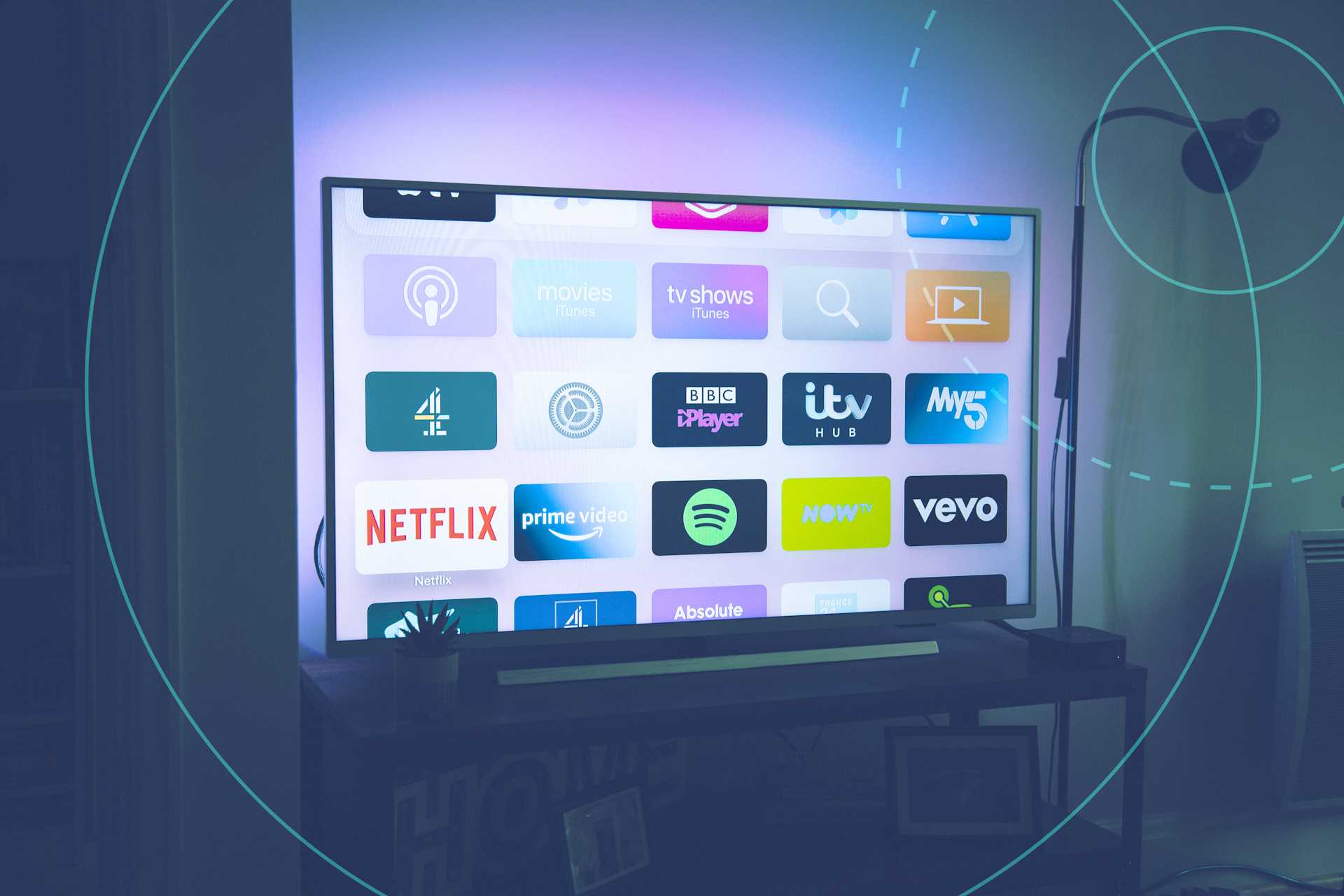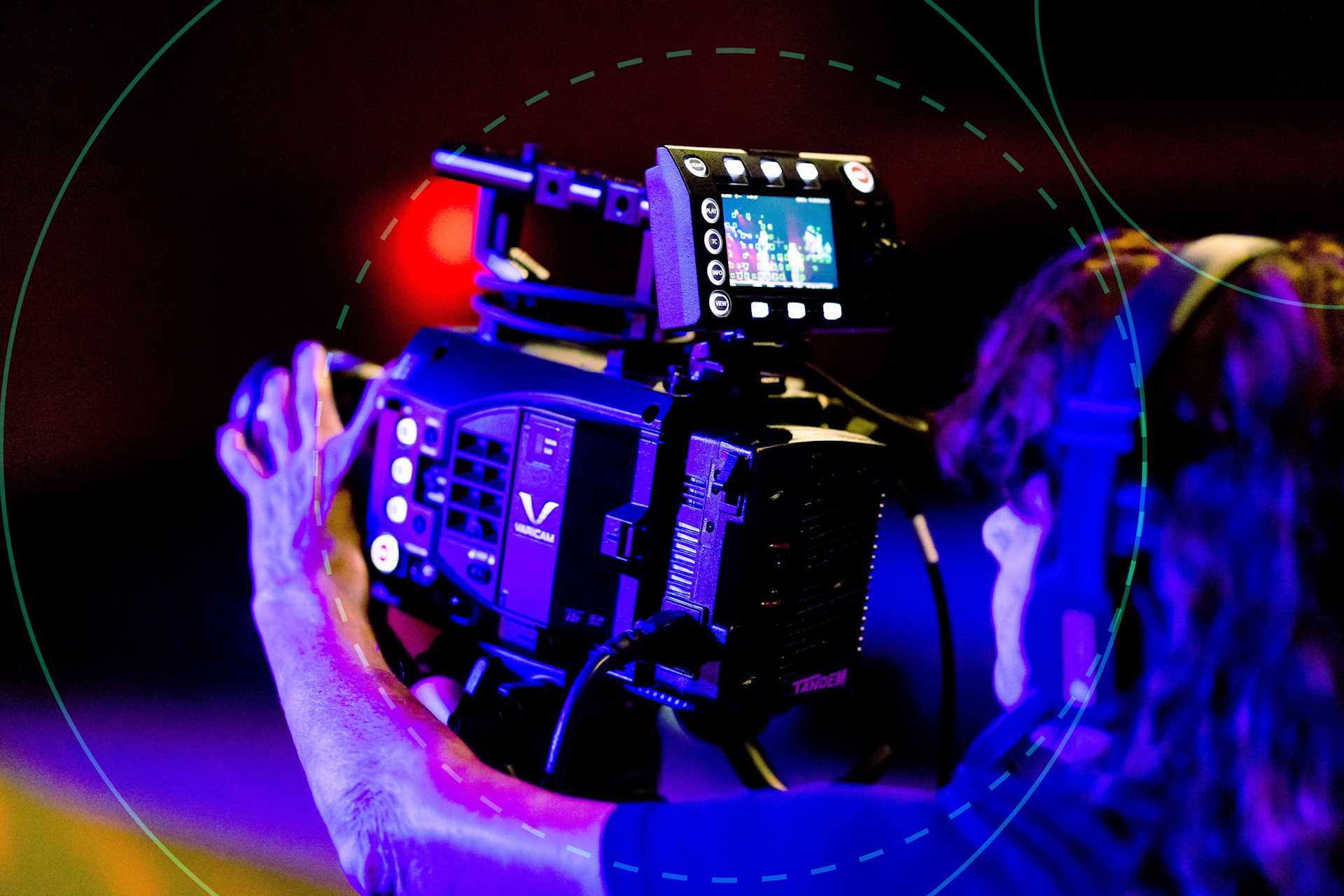If you treat advertising like storytelling, you can develop a television marketing strategy that resonates with any target audience.
A strong television marketing strategy is a powerful tool for today's marketers
When promoting your business through television advertising, it’s important to have a well-thought-out strategy. A television marketing strategy allows you to effectively reach and engage with your target audience, increase brand awareness, and ultimately drive sales.
In this article, we will explore the key steps and considerations for creating a successful television advertising strategy that connects with viewers and delivers a strong return on investment. From defining your target audience and setting clear objectives to selecting the right television channels and creating compelling ad content, we will cover everything you need to know to develop a winning campaign for your brand.
Dig deeper with The Marketer's Guide to Linear TV Advertising in 2024.
Steps for Forming Your Television Marketing Strategy
1. Begin With a Target Audience
The most successful TV ad campaigns come from brands that understand and connect with their audience. For that reason, advertisers need to analyze the demographics, values, and beliefs of a target market using customer data and persona profiles. By understanding their customer’s needs along with demographics such as age, gender, income level, and location, advertisers can tailor their TV ads to resonate more effectively.
For example, if the data shows that the target audience values sustainability, brands can develop ad content that emphasizes eco-friendly aspects of their products. Incorporating these insights into TV ads generates more impactful and relevant content that is likely to maximize engagement and conversion rates.
2. Craft a Compelling Message
Crafting a compelling message is essential in advertising because it emphasizes the benefits of a product or service and makes viewers feel like they need what is being offered. By highlighting the unique advantages and improvements that the product or service can bring to their lives, it captivates the audience's attention and creates a sense of urgency or desire to possess it.
Advisers need to be clear, concise, and memorable in their message to ensure that the audience understands the value of the product or service being promoted. It is important to focus on how the product or service can improve lives, whether it be by saving time and money or providing a solution to a common problem. Using engaging and persuasive language is crucial in making the message resonate with the target audience, as it stimulates emotions and creates a connection with them.
Ultimately, a well-crafted message can effectively showcase the benefits and value of a product or service, making it irresistible to consumers. It is the key to capturing the attention of the audience and persuading them to take action, whether it be making a purchase or seeking more information.
3. Balance Quality With Budget
When it comes to balancing quality with budget in advertising production, advertisers can invest in high-quality visuals, sound, and talent for large productions while focusing on creativity over cost for smaller productions. For large-scale ads, allocating budget for top-notch production elements can elevate the overall quality of the ad and leave a lasting impression on the audience. On the other hand, smaller productions can benefit from a focus on creativity and innovative concepts that don't necessarily require a big budget.
Ultimately, the key to achieving a balanced approach is to prioritize a well-thought-out concept executed with passion and clarity. Advertisers should work closely with media partners to effectively allocate budget for ad frequency and extension across other channels. By leveraging the expertise of a media partner, advertisers can ensure that their budget is utilized in the most effective way, reaching the right audiences with the right message at the right time. With a strategic approach that emphasizes quality, creativity, and collaboration with a media partner, advertisers can maximize the impact of their advertising efforts while staying within budget constraints.
4. Embrace Storytelling
Storytelling plays a crucial role in advertising as it allows brands to create a deep emotional connection with their audiences. By weaving a compelling narrative, advertisers can evoke powerful feelings that enhance brand awareness, ad recall, and purchase intent. Emotional storytelling has been proven to resonate with consumers, leading to a higher likelihood of them engaging with the brand and making a purchase.
A prime example of successful emotional storytelling in TV advertising is The Farmer's Dog, which tugs at heartstrings by showcasing the bond between a dog and its owner. Another standout example is Google's "Loretta" ad, which tells a sentimental story of love and loss, effectively demonstrating the power of storytelling in creating an emotional connection. Additionally, By The Yard utilizes humor and lighthearted storytelling to engage its audience and create brand affinity.
The impact of emotional storytelling on increasing brand loyalty cannot be understated. When consumers feel a deep emotional connection to a brand, they are more likely to remain loyal and advocate for the brand to others. In conclusion, storytelling, particularly emotional storytelling, is a powerful tool for advertisers to increase brand loyalty and establish a lasting relationship with their audience.
5. Focus on Visual Appeal
Visual appeal is crucial in television advertising as it plays a significant role in capturing the audience's attention and conveying the brand's message effectively. Using colors, graphics, and imagery that align with the advertiser's brand creates a cohesive and memorable visual experience for the viewers. These elements help reinforce the brand identity and message, making the ad more impactful and memorable.
A well-shot ad can also be an effective low-budget option for creating visual appeal. Clean, well-executed visuals can attract viewers and communicate the brand's message clearly, even without the need for expensive production elements. This demonstrates that visual appeal can be achieved through strategic planning and execution, regardless of the budget.
Visually appealing ads have the power to leave a lasting impression on the audience. By leveraging the right colors, graphics, and imagery, advertisers can create an emotional connection with the viewers and influence their perceptions of the brand. When an ad is visually appealing, it enhances brand recall and encourages engagement, ultimately leading to a higher likelihood of conversion.
In conclusion, the use of colors, graphics, and imagery that align with the brand's message, along with clean, well-shot visuals, is essential for creating a visually appealing television ad. This not only captures the audience's attention but also effectively conveys the brand's message, resulting in a more impactful and memorable advertising campaign.
6. Include a Clear Call to Action
Advertisers should feature a specific call to action in their ads to direct viewers toward a desired outcome. Whether it's visiting a website, calling a phone number, or trying a new product, a clear call to action provides a direct path for viewers to follow after watching the ad. This not only increases the likelihood of a viewer taking the desired action, but it also helps to measure the effectiveness of the ad campaign.
Advertisers need to ensure that the call to action is both clear and compelling. A clear call to action leaves no room for confusion, making it easier for viewers to know exactly what to do next. A compelling call to action motivates viewers to take the next step, whether it's by offering a special promotion, using persuasive language, or highlighting the benefits of the action. By making the call to action clear and compelling, advertisers can maximize the impact of their ad and increase the chance of converting viewers into customers.
7. Measure and Adapt
The final step of any television marketing strategy is to analyze its performance. Advertisers can use data and feedback to adapt their strategies based on viewer response. This entails leveraging the latest attribution and measurement tools to collect and analyze views of TV shows and their accompanying ads. By doing so, advertisers can gain insight into how their ads are performing and make informed decisions on how to optimize their campaigns.
Why Invest in TV Advertising?
Investing in TV advertising is beneficial for businesses for several reasons. Firstly, TV ads have a wide reach, allowing businesses to target a large and diverse audience. This broad reach can help businesses increase brand awareness and attract potential customers. Additionally, TV ads are viewed as credible sources of information, providing legitimacy and authority to the products or services being advertised. The impact of TV advertising is also significant, as visual and auditory elements can leave a lasting impression on the audience.
Brands can utilize different types of TV advertisements, such as traditional commercials, product placements, sponsorship, and infomercials, to achieve their marketing goals. These ads can drive potential customers to engage with the brand online, whether through a website, social media platforms, or other digital channels. By integrating TV ads with online engagement, businesses can effectively generate leads, increase website traffic, and ultimately boost sales. Overall, investing in TV advertising provides businesses with the opportunity to reach a wide audience, establish credibility, and make a lasting impact on potential customers.
The Case for Connected TV Advertising
Connected TV advertising is rapidly becoming a popular choice for advertisers due to its unique ability to combine the technical capabilities of digital advertising with the user experience of traditional linear television. This innovative platform allows for precision-targeted ad campaigns and detailed performance tracking, providing advertisers with valuable insights and measurability.
Connected TV leverages the internet to deliver television content, bypassing traditional cable services. This shift away from cable has attracted advertisers looking to reach audiences who are increasingly consuming content through streaming services and smart TVs. With Connected TV, advertisers can target specific demographics, interests, and behaviors, ensuring their ads are seen by the right audience.
Furthermore, the platform provides measurable performance metrics, allowing advertisers to track the impact and effectiveness of their campaigns in real time. This level of insight is unprecedented in traditional television advertising and provides valuable data for optimizing future campaigns.
Overall, Connected TV advertising offers significant advantages, from its precision-targeted ad delivery to its measurable performance metrics, making it a compelling tool for any television marketing strategy.
Make tvScientific Your CTV Partner
tvScientific was co-founded by senior executives with deep roots in search, programmatic advertising, digital media, and ad verification. We think scientifically, and our results are driven by a belief in one, simple formula: Trust = Data x Transparency x Control.
With powerful attribution capabilities, real-time reporting, automated optimization, and built-in, always-on testing, we believe that tvScientific provides the most robust, transparent, tailored CTV advertising platform. Once you see it for yourself, we know you will too. Request a demo today.






